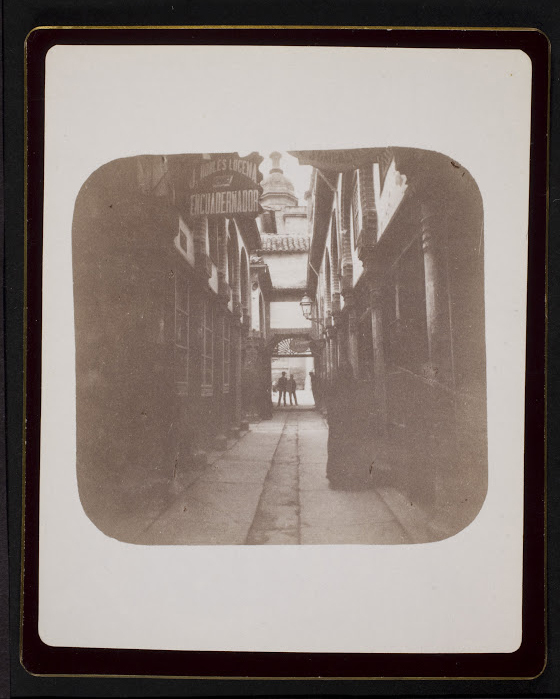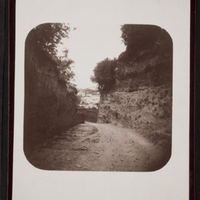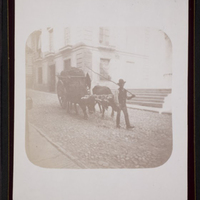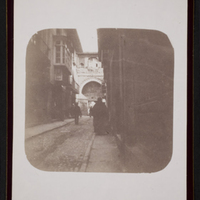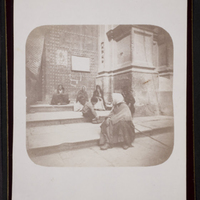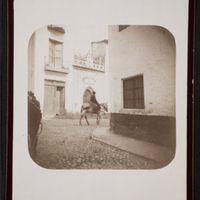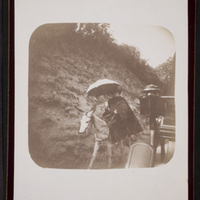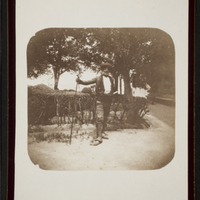Granada
While Emily Sibley Watson spoke of being in “a different world” from Morocco, when she & her husband reached Granada, they would have seen architectural similarities due to Granada’s Moorish heritage. Granada was founded in the early 11th century, although Moors had controlled large portions of Spain since the 8th century. Under Moorish rule, Arabs, Christians & Jews lived in the same city (although in separate sections) and were free to practice their religions. The Moorish rulers were defeated by Catholic Spain in 1492, and Moors and Jews were subsequently subject to persecution, forced conversion to Catholicism or emigration. Many of those who emigrated relocated to Tetouan in Morocco.
Emily & James Sibley Watson stayed in Granada through June 4th, 1891. In those days, they photographed sites in the city proper and in its most famous attraction, the Alhambra; photographing in both areas each day. They chose to photograph gypsies, priests and beggars as well as picturesque views of architecture and mountainous landscapes. While many of the architectural sites photographed were of Moorish origin, some were of later construction, such as the Alcaicería, the 19th- century bazaar built on the site of the Moorish bazaar that had burnt down in 1843. They also purchased commercial photographs of Granada and the Alhambra.
Their view of Granada was likely informed by the romanticized books of Washington Irving, whose Chronicle of the Conquest of Granada and Tales of the Alhambra were published in 1829 and 1832 respectively. Indeed, Emily & James Sibley Watson stayed in the Hotel Washington Irving during their stay in Granada.

